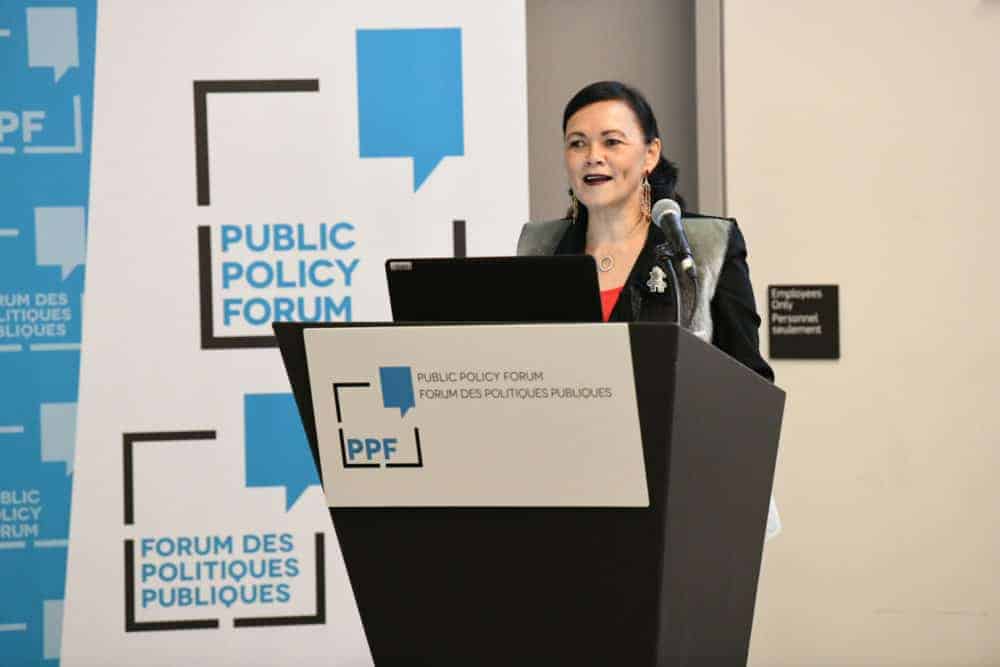Last week, community leaders, business leaders, academics, policy makers and youth came together in Ottawa to discuss inclusive economic growth for Inuit through the lens of reconciliation at a conference entitled Expanding the Circle: What Reconciliation and Inclusive Growth Can Mean for Inuit in Canada.
National Indigenous Economic Development Board (NIEDB) board member Hilda Broomfield-Letemplier said discussion at the conference centered around Inuit economic growth in the context of reconciliation and how the Inuit workforce could provide solutions to Canada's future labour needs.

Photo courtesy of Crown-Indigenous Relations and Northern Affairs Canada
"If all opportunities were equal, and the Indigenous labour force was mobilized, it could lead to a $27.7 billion annual contribution to the Canadian GDP," said Broomfield-Letemplier. "Canada is facing looming demographic challenges as the population is aging. As the workforce shrinks, we face issues such as increased healthcare costs and higher taxes. In order to maintain our standard of living, Canada needs to focus on increasing its productivity … immigration alone can't make up the shortfall."
However, Broomfield-Letemplier said Inuit youth may be able to make up for the labour shortfall.
"The Indigenous population in Canada is young and growing fast. In 2011, statistics show that 46 per cent of the Indigenous population was under the age of 25," she said. "That represents a wealth of labour potential … but we've been saying this for nearly two decades, so we need to have a more concerted effort into investing in our youth."
Broomfield-Letemplier said before this can be done, the "opportunity gap" between Indigenous and non-Indigenous Canadians must close, and one way to do that is by having these kinds of discussions with high-level players.
"We had a tremendous line up of speakers and attendees, such as (Iqaluit Mayor) Madeline Redfern, (federal) minister Dominic LeBlanc and (federal) minister Caroline Bennett, capital partners and key organizations," she said. "It was great to see how passionate they are and how interested they are in engaging with us on the work that we're doing around economic reconciliation."
Sue McNeil, manager of the Inuvialuit Community Economic Development Organization attended the conference to represent Inuvialuit, but was not able to comment before publication.
The conference was the final installment of a three-part conference series from the organization. Broomfield-Letemplier said having these kinds of conferences is important to moving towards reconciliation.
"There's been a lot of wrongdoing in the past, things happened that should have never happened," she said. "We've always had to stand up and fight for the rights of Indigenous people across Canada. So many things were taken away from Indigenous people over the course of history, and it's time to fight to get those things back."
Broomfield-Letemplier said NIEDB will release a set of recommendations, and a report for taking action towards economic reconciliation – based on what was discussed at the conference – will be released next year.